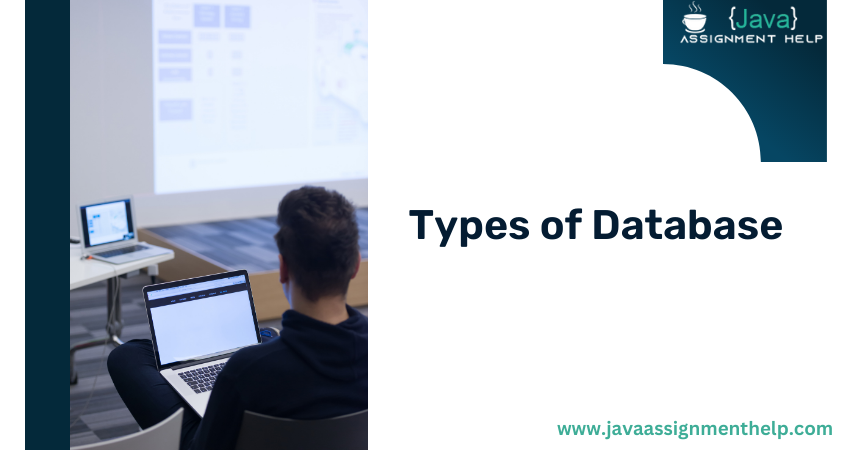Databases are crucial in managing and organizing vast amounts of information in today's digital world. From simple contact lists to complex enterprise systems, databases provide a structured framework for efficiently storing, retrieving, and manipulating data.
However, not all databases are created equal, and they come in various types, each designed to cater to specific needs and requirements.
Understanding the different types of databases is essential for making informed decisions about which database model to employ for a particular application or business.
This article will explore some of the most common types of databases, including relational databases, NoSQL databases, object-oriented databases, and graph databases.
By delving into their characteristics, use cases, and strengths, we aim to provide a comprehensive overview of today's diverse landscape of database technologies.
Whether you are a software developer, data analyst, or simply interested in understanding the inner workings of information management systems, this exploration of database types will be a valuable starting point to enhance your knowledge and decision-making capabilities in data management.
What are Databases
Databases are organized collections of structured data that are designed to store, retrieve, and manage information efficiently. They serve as central repositories for data, allowing users or applications to store, access, and manipulate data in a structured and controlled manner.
A database typically consists of tables composed of rows (also known as records) and columns (also known as fields). Each row represents a single record, while each column represents a specific attribute or piece of data associated with that record. By organizing data in this tabular format, databases enable efficient storage, retrieval, and information analysis.
Databases offer several advantages over traditional file-based systems. They provide data integrity by enforcing rules and constraints to ensure accurate and consistent information. They support concurrent access, allowing multiple users or applications to interact with the data simultaneously. Databases also offer robust security measures to protect sensitive information and provide backup and recovery mechanisms to prevent data loss.
Types of Database
There are several types of database, each designed to handle specific data management needs and scenarios. Here are some of the most common types:
- Relational Databases (RDBMS): Relational databases are based on the relational model, where data is organized into tables with predefined relationships between them. They use structured query language (SQL) for data manipulation and retrieval. Relational databases excel at handling structured data with well-defined schemas and are widely used in various industries.
- NoSQL Databases: NoSQL (Not Only SQL) databases are non-relational databases that provide flexible and scalable data models. They are designed to handle large amounts of unstructured or semi-structured data and offer high performance and horizontal scalability. NoSQL databases include key-value stores, document, columnar, and graph databases.
- Key-Value Stores: Key-value stores store data as a collection of key-value pairs, where each value is associated with a unique key. They are simple and highly scalable, making them suitable for caching, session management, and real-time applications.
- Document Databases: Document databases store data in a semi-structured format, typically as JSON or XML documents. They provide data storage and retrieval flexibility, making them suitable for content management systems, catalogs, and applications dealing with variable or evolving data structures.
Also read: Free Data Visualization Tools
- Columnar Databases: Columnar databases store data in columns rather than rows, allowing efficient querying and analysis of specific attributes or columns. They are well-suited for analytical workloads, data warehousing, and business intelligence applications.
- Graph Databases: Graph databases store data in a graph-like structure consisting of nodes (entities) and edges (relationships). They excel at modeling complex relationships between data elements, making them ideal for social networks, recommendation engines, and network analysis.
- Object-Oriented Databases: Object-oriented databases store data as objects, similar to the object-oriented programming paradigm. They provide support for storing complex data types, inheritance, and encapsulation. Object-oriented databases are often used in applications that require rich data modeling and persistence of complex object structures.
- In-Memory Databases: In-memory databases store data in the computer's main memory (RAM), providing extremely fast data access and processing. They are suitable for real-time applications that require low-latency operations, such as financial systems, gaming, and caching.
Benefits of Database
Databases offer numerous benefits for individuals and organizations alike. Here are some benefits of databases:
- Data Centralization
- Data Integrity and Consistency
- Efficient Data Storage and Retrieval
- Concurrent Data Access
- Data Security
- Data Backup and Recovery
- Data Consistency and Standardization
Read About: Small Data vs Big Data
Conclusion
In conclusion, databases are essential to modern data management systems, providing structured and efficient information storage, retrieval, and manipulation. Understanding the different types of databases is crucial for selecting the most appropriate solution for specific needs and requirements.


